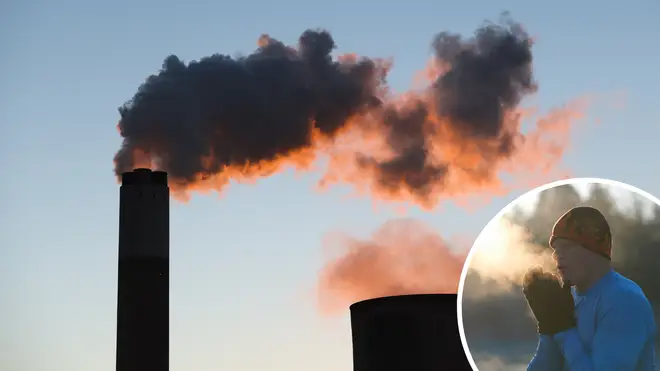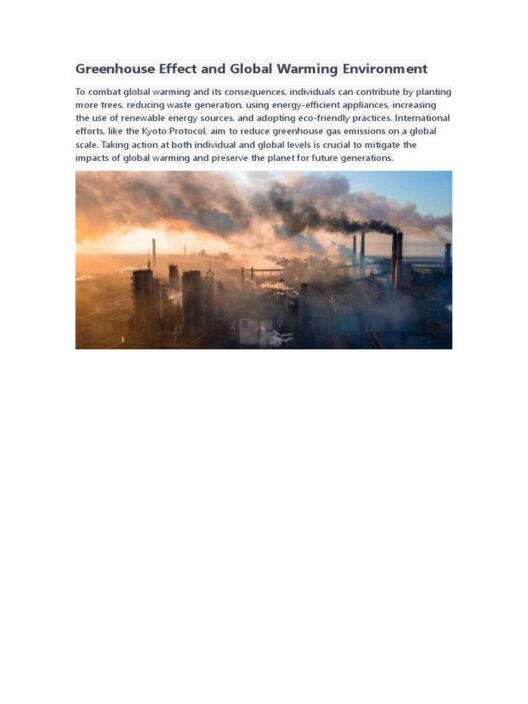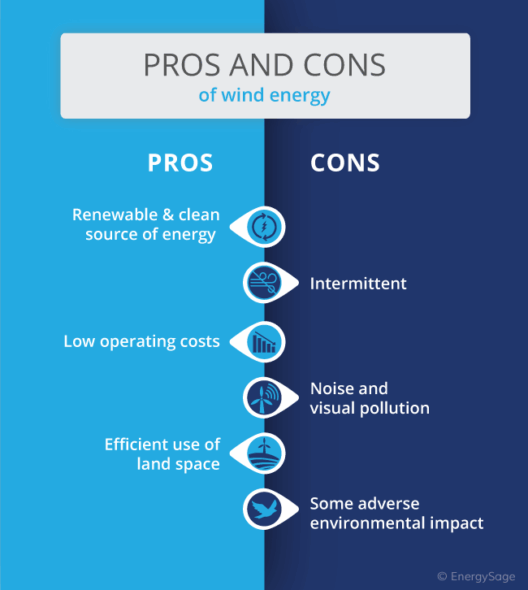Global warming, a term that has transcended mere scientific parlance to become a global rallying cry, encapsulates a complex interplay of environmental dynamics. While the phenomenon is frequently associated with rising temperatures and melting ice caps, its ramifications extend to air quality—a critical, yet often overlooked, aspect of public health. As the planet warms, the air we breathe is becoming increasingly compromised, engendering a plethora of health-related concerns. Understanding how increasing temperatures affect air quality is paramount for fostering healthier communities worldwide.
The relationship between global warming and air quality is multifaceted. Rising temperatures can exacerbate the concentration of harmful pollutants, leading to a cascade of respiratory ailments. This connection raises urgent questions about air quality management and public awareness, especially in urban areas where pollution levels can already be alarmingly high. With this backdrop, let us delve into the different manifestations of how global warming negatively influences our air quality.
Two primary elements of air quality are particulate matter and ground-level ozone, both of which are significantly affected by rising temperatures. The increase in average global temperatures can amplify the formation of ground-level ozone through photochemical reactions. As sunlight interacts with pollutants like nitrogen oxides and volatile organic compounds, it generates ozone in the lower atmosphere, which can trigger a range of health problems such as asthma and cardiovascular diseases. Moreover, warmer weather can extend the ozone season, thereby prolonging exposure in vulnerable populations.
Particulate matter (PM), comprised of tiny solid or liquid particles suspended in the air, can also be aggravated by warmer temperatures. Increased heat can intensify wildfires, a trend observed with greater frequency and intensity in many regions. These fires release vast amounts of PM into the atmosphere, further deteriorating air quality. As wildfires proliferate due to changing climate conditions, the likelihood of prolonged exposure to these hazardous pollutants becomes an imminent concern.
The rising frequency of extreme weather events is another crucial aspect to consider. Flooding, hurricanes, and unusually long dry spells are not merely random occurrences. They are manifestations of a changing climate that directly impacts air quality. For instance, heavy rainfall can lead to urban flooding, which disrupts sanitation systems, potentially causing the release of pollutants into the air and exacerbating respiratory issues among the affected populations.
In contrast, drought conditions can lead to dust storms, which carry a plethora of toxic elements and allergens that further compromise air quality. These severe weather patterns underscore the importance of comprehensive disaster preparedness strategies aimed not only at mitigating damages but also at safeguarding air quality in affected areas.
Socioeconomic factors inevitably play a critical role in this configurative narrative of air quality and global warming. Low-income communities often bear the brunt of these issues, facing a disproportionate burden of air pollution and its associated health risks. Limited access to healthcare resources and higher exposure to environmental hazards create a vicious cycle that is often difficult to escape. Addressing these systemic inequalities is paramount for creating a sustainable, health-conscious future.
Addressing air quality issues exacerbated by climate change demands a multidisciplinary approach. The first step involves robust government policies aimed at reducing greenhouse gas emissions. Transitioning towards renewable energy resources is paramount, as fossil fuel combustion remains a primary source of the pollutants that compromise air quality. Countries must commit to international agreements that aim to alleviate these emissions on a global scale, understanding that air quality is a shared concern transcending national boundaries.
Public awareness and engagement are essential allies in this battle for cleaner air. Communities must be education-focused, incentivizing individuals to adopt environmentally friendly practices in their daily lives. Simple actions like using public transport, reducing energy consumption, and advocating for green spaces can reverberate through societal norms, fostering a culture of sustainability.
Finally, monitoring and research play critical roles in enhancing our understanding of air quality issues spurred by global warming. Deploying advanced technologies for air quality assessment can provide real-time data, empowering policymakers to take swift, informed action. Research into the interconnectedness of climate change and air pollutants can unveil new strategies for mitigation, enabling cities to devise more effective action plans tailored to their specific circumstances.
As the planet continues to warm, the effects on air quality will become increasingly pronounced. The urgency of combating climate change cannot be overstated. The air we breathe should not be a compromise between comfort and health; rather, it should epitomize our commitment to a sustainable future. Acknowledging the intricate relationship between global warming and deteriorating air quality opens new pathways for discourse and action, allowing individuals, communities, and nations to work collaboratively toward a breath of fresh air—a future where clean air is not a luxury but a fundamental right for all.








